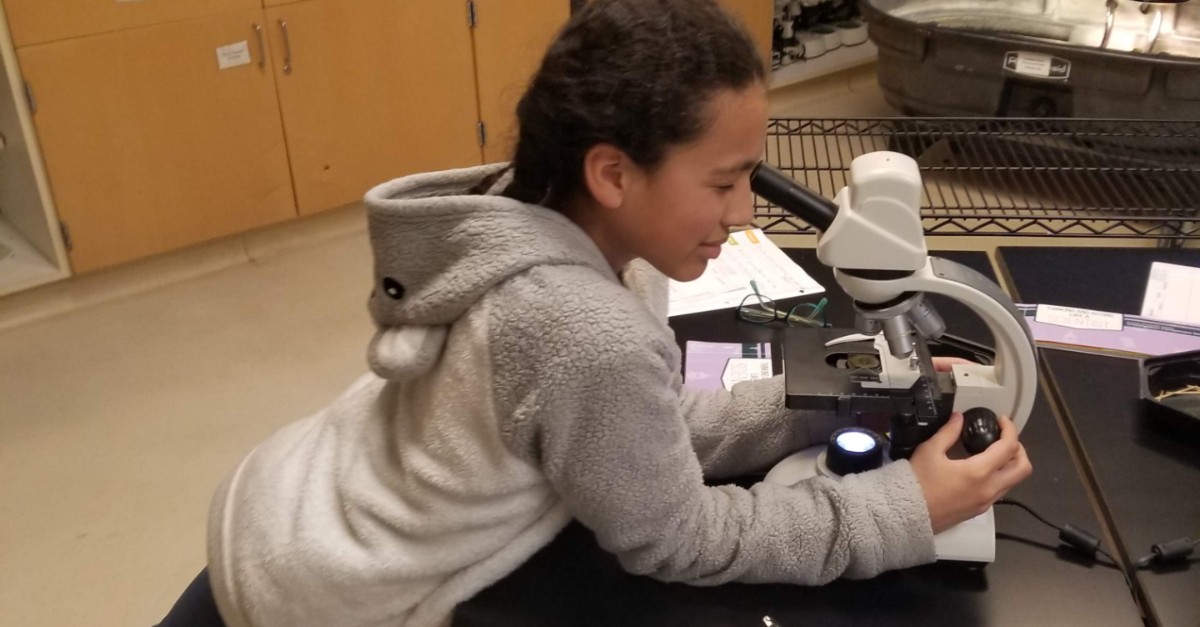I recently ordered some plant stands to display my house plants, and they arrived in an unexpectedly small package. When I opened it up, I saw the dreaded “instruction” pamphlet and an array of random parts. Are the people who “write” these instructions deducted in pay for every word they use? Because there were frustratingly few words on these instructions — only some pictures, a few numbers, and a slight air of confrontation.
Undaunted, I laid out the parts, learned the language of the instruction pamphlet, and got to work. The process was difficult. It required some investigation and experimentation on my part. There were even moments when I had to backtrack and correct mistakes. In the end though, I actually enjoyed the challenge, the sense of accomplishment, and of course, the final result!
Cultivating Critical Thought
I wonder if we underestimate the enjoyment that comes from critical thought. It’s the reason why so many of us enjoy doing puzzles or start the day with a Wordle challenge. That struggle to learn, correct, and grow is deeply imbedded within our nature. When approached correctly, it doesn’t just create opportunities for learning, it can also be loads of fun! This is particularly true when it comes to students.
Many schools are currently closed for the summer, but teachers can still use this time to develop strategies and ideas to foster critical thinking within their classrooms. If you need help getting started, here are just a few simple ideas to explore:
- How Many Whys?: Have students demonstrate the depth of their understanding by having them explain WHY their answer is correct. Then, have them go deeper by having them explain why THAT is true. The more “whys” a student can answer, the more deeply they understand the idea!
- Acronym Challenge: Have students create acronyms that share their thinking. A simple example would be to describe yourself using one adjective for each letter of your name. A more complex example could be to write one fact about photosynthesis for each letter of the word.
- Curiosity Journal: Encourage students to think about questions they have during their day. At the beginning of class, give them 2-3 minutes to record their questions from the previous day. Periodically, ask students to share their most interesting questions. If you have time at the end of the year, have students choose a question from their journal to investigate.
- Claim, Evidence, Reasoning (C-E-R): Support students in creating effective explanations by using the C-E-R format. Students should answer a question clearly in their Claim. Then they should use Evidence to support their claim. Students should finish by providing Reasoning (an argument) as to why the evidence supports the claim. Reasoning can include information about how the evidence was collected, as well as the way in which experts have dealt with the question.
Start the Year Strong
Just as assembling my plant stands gave me a better perspective of critical thinking, so can these strategies teach students to enjoy the hard work of inquiry. Don’t be afraid to challenge your students with projects or lessons that test the limits of their skills. After all, the hard work can be a reward all on its own, and when they finally accomplish their goal, it makes the victory twice as sweet!

